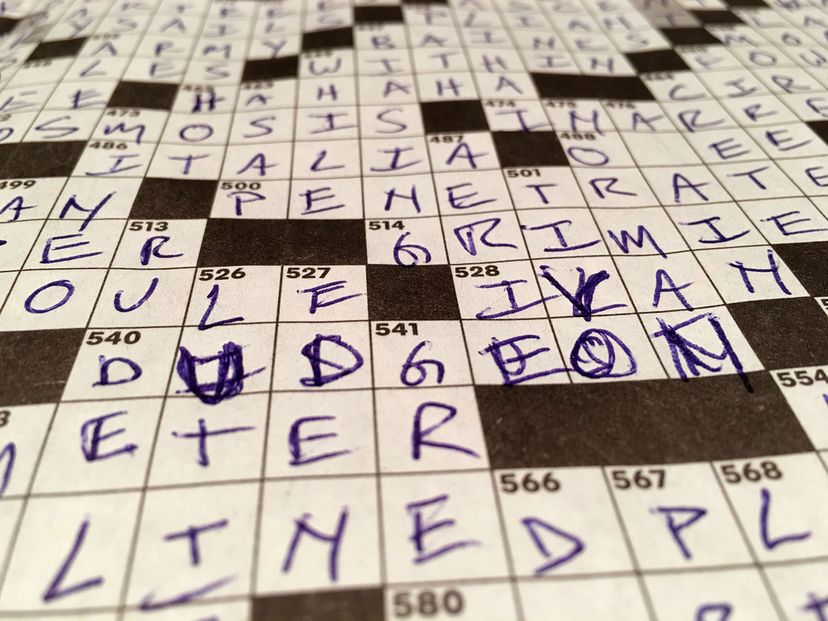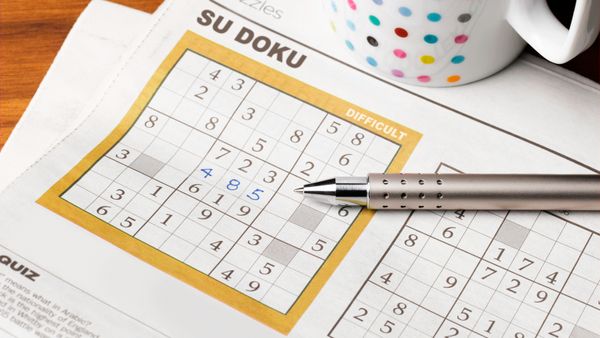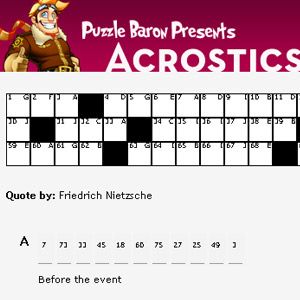Shortz became crossword editor in 1993 when Maleska died, and one of his goals has been to modernize the puzzle — to include more current cultural references, more up-to-date language and more playful themes. And the audience has broadened under Shortz:
"It used to be you'd think of crosswords as being mainly for older people, and I think that was true before I became editor. I can tell how the audience has broadened just by the people who contribute to the puzzle."
In the whole history of the puzzle before Shortz became editor, only six teenagers had gotten puzzles published in The Times. In Shortz's 25 years as puzzle editor, he has published 37 teenagers and lots of 20- and 30-somethings. The average age of contributors has come down by about 15 years — from the early 50s to the late 30s. The youngest person Shortz has published was 13, the oldest person was 101.
"It's an extremely diverse group of people who make The Times crossword," says Shortz. "It reflects The Times readership itself."
Shortz, you might have gathered, does not construct the puzzles himself, though he does create variety puzzles — unique and new variations in crosswords. Shortz and his two assistants get between 75 and 100 puzzle submissions each week, which they look through, cull to select the best ones, then edit for publication.
These days, most crossword puzzles have themes, which means the long answers tie together in some interesting way. When making a puzzle, you put your theme answers in a grid first, plotting black squares around those, which divides the grid into sections, which are then filled with words. When you've polished the puzzle to the best of your ability, you write the clues.
The Times crossword gets more difficult as the week progresses: Monday is the simplest, and the puzzle turns up the heat a little each day until the Saturday puzzle, which can seem nigh-on impossible. The Sunday crossword is bigger, but as far as difficulty goes, it's like a hard Wednesday or easy Thursday. Sunday is the biggest circulation day of the week, so Shortz wants to make sure the crossword is accessible to the broadest possible audience.
When Shortz started his job in 1993, virtually all the puzzles were created by hand on graph paper, and all of them were solved with a pencil (or pen, if that's the way you roll, hotshot). These days, most crossword constructors use computer software to build their puzzles, and lots of people solve the puzzles online or electronically.
"You have to subscribe to solve the online version of The Times crossword — even if you subscribe to the printed or online versions of the paper, you have to pay extra for it," says Shortz. "These days 430,000 people subscribe to just the crossword. It's become a significant source of income for the company."



